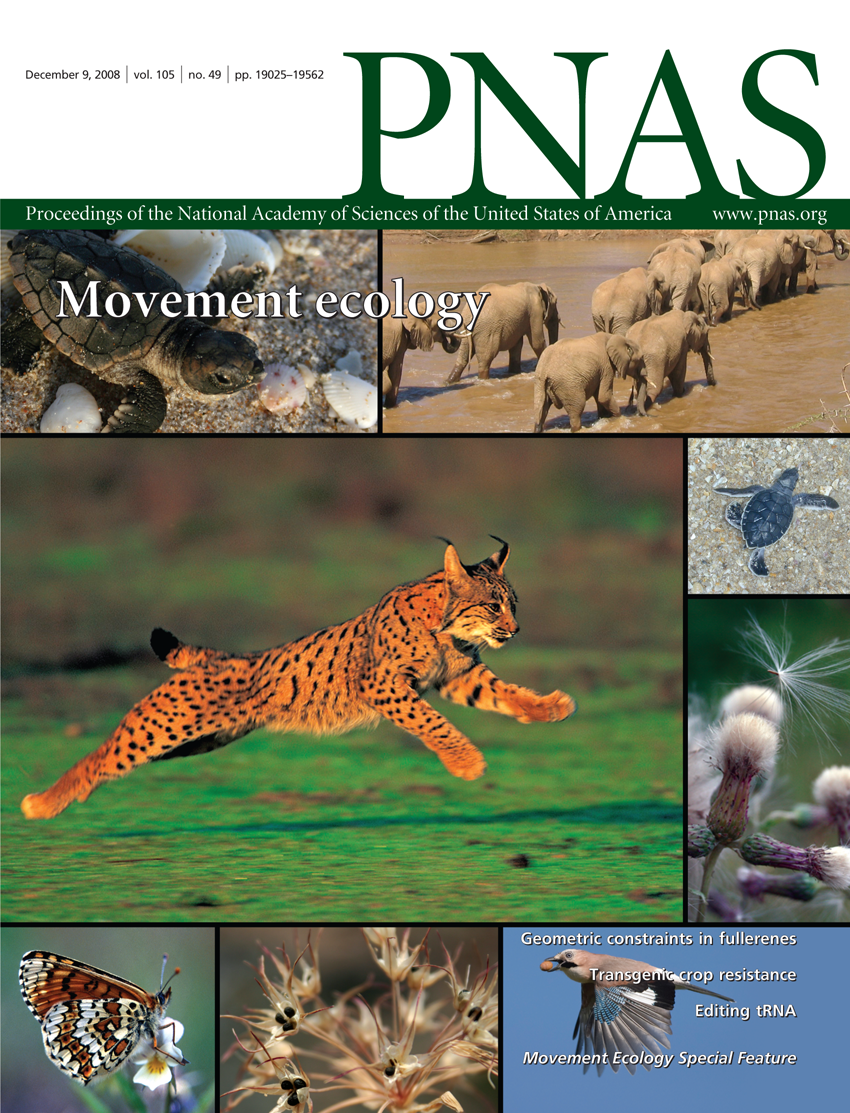I have a long-standing interest in the ecology or organismal movement. I was a part of an interdisciplinary working group in Israel in 2007, which coined the term "movement ecology" and synthesized many existing ideas and bodies of knowledge about movement into a synthetic framework. The group described the movement ecology framework (Nathan et al. 2008) containing four components describing a focal individual's internal state, motion capacity, navigation capacity, and external factors affecting its movement. I conducted a review of what parts of this framework were commonly studied, and the ways in which we describe and study movement (Holyoak et al. 2008).
I have also collaborated in various empirical studies. Collaborative work on moose in Northeastern China used a combination of genetics and changes in gut microbes to study the northward range retractions in response to climate change (Chen et al. 2022). Long et al. (2021) used least-cost paths to model corridors among Amur Tiger occurrence locations and prioritize areas for conservation. A study of the metacommunity structure of forest trees and birds and mammals (Li et al. 2020) as seed dispersers found that large-seeded plants and their bird dispersers contributed disproportionately to the centrality (importance) of the plant species and their disperses to the patch-disperser network (metacommunity).

 The movement ecology framework from
The movement ecology framework from